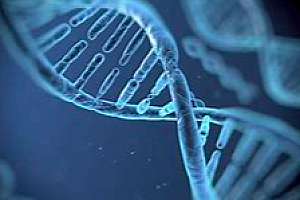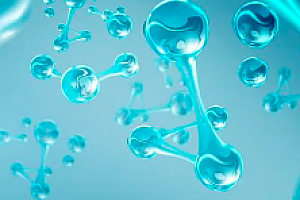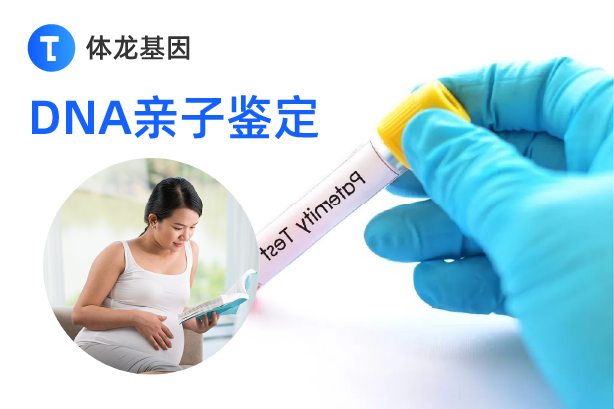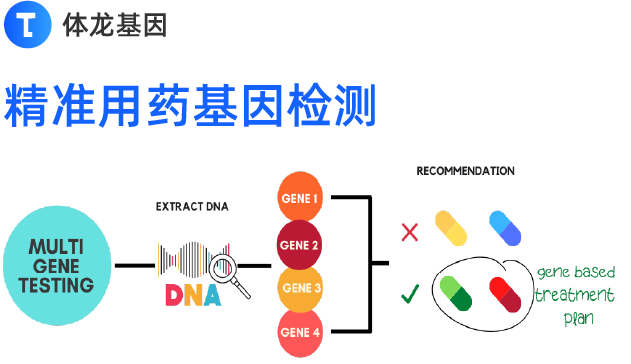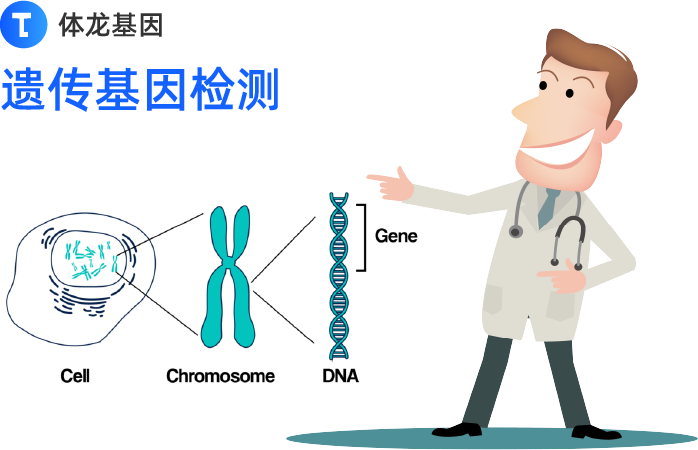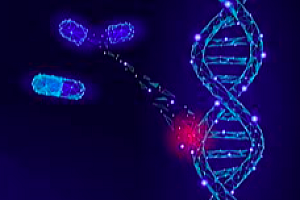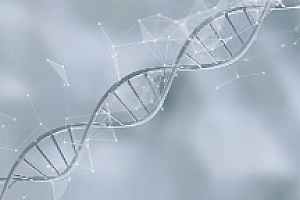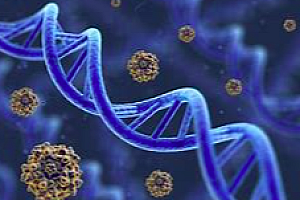基因名称:SLC4A1 (solute carrier family 4 member 1 (Diego blood group))
别名: DI,FR,SW,WD,WR,AE1,CHC,SAO,WD1,BND3,EPB3,SPH4,CD233,EMPB3,RTA1A
基因ID:6521
Chromosome(GRCh37) :17 Start: 42325758 End: 42351654 Strand:
信号通路:
靶向药:
化疗药:
简介:由该基因编码的蛋白质是阴离子交换子(AE)家族的一部分,并在红细胞质膜中表达,其中它起到氯化物/碳酸氢盐交换器的作用,所述氯化物/碳酸氢盐交换器参与从组织到肺的二氧化碳运输。蛋白质包含两个结构和功能上不同的结构域。N端40kDa结构域位于细胞质中,通过结合锚蛋白作为红细胞骨架的附着位点糖基化C端膜相关结构域包含12-14个跨膜段,对阴离子进行二苯乙烯二磺酸敏感的交换传递膜域C端的胞质尾与碳酸酐酶II结合编码的蛋白质与红细胞膜蛋白糖蛋白a相结合,这种结合促进了交换器的正确折叠和移位。这种蛋白质主要是二聚体,但在存在锚定蛋白的情况下形成四聚体。人类已知该基因的许多突变,这些突变可导致两种类型的疾病:红细胞膜不稳定导致遗传性球形红细胞增多症,肾酸分泌缺陷导致远端肾小管酸中毒。其他不引起疾病的突变会产生新的血型抗原,形成迭戈血型系统东南亚卵细胞增多症(sao,美拉尼西亚卵细胞增多症)是由编码蛋白的杂合子缺失引起的,在恶性疟原虫疟疾流行的地区很常见。已知该基因有一个空突变,导致非常严重的贫血和肾钙质沉着症。[由RefSeq提供,2008年7月]The protein encoded by this gene is part of the anion exchanger (AE) family and is expressed in the erythrocyte plasma membrane, where it functions as a chloride/bicarbonate exchanger involved in carbon dioxide transport from tissues to lungs. The protein comprises two domains that are structurally and functionally distinct. The N-terminal 40kDa domain is located in the cytoplasm and acts as an attachment site for the red cell skeleton by binding ankyrin. The glycosylated C-terminal membrane-associated domain contains 12-14 membrane spanning segments and carries out the stilbene disulphonate-sensitive exchange transport of anions. The cytoplasmic tail at the extreme C-terminus of the membrane domain binds carbonic anhydrase II. The encoded protein associates with the red cell membrane protein glycophorin A and this association promotes the correct folding and translocation of the exchanger. This protein is predominantly dimeric but forms tetramers in the presence of ankyrin. Many mutations in this gene are known in man, and these mutations can lead to two types of disease: destabilization of red cell membrane leading to hereditary spherocytosis, and defective kidney acid secretion leading to distal renal tubular acidosis. Other mutations that do not give rise to disease result in novel blood group antigens, which form the Diego blood group system. Southeast Asian ovalocytosis (SAO, Melanesian ovalocytosis) results from the heterozygous presence of a deletion in the encoded protein and is common in areas where Plasmodium falciparum malaria is endemic. One null mutation in this gene is known, resulting in very severe anemia and nephrocalcinosis. [provided by RefSeq, Jul 2008]
SLC4A1突变与药物:



